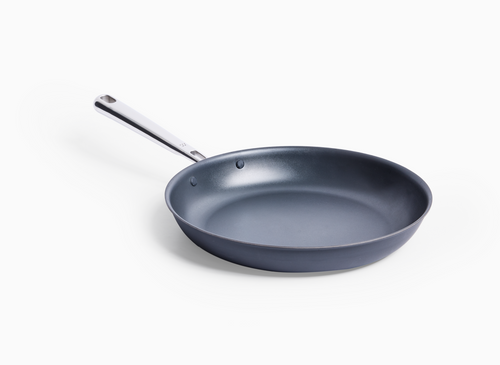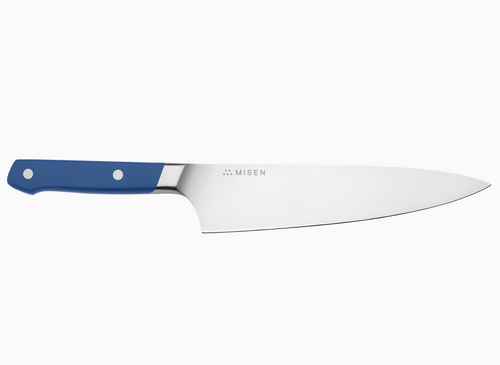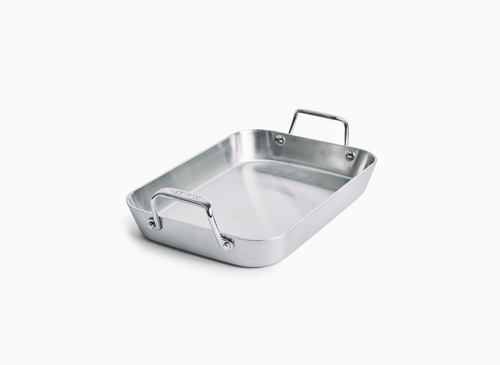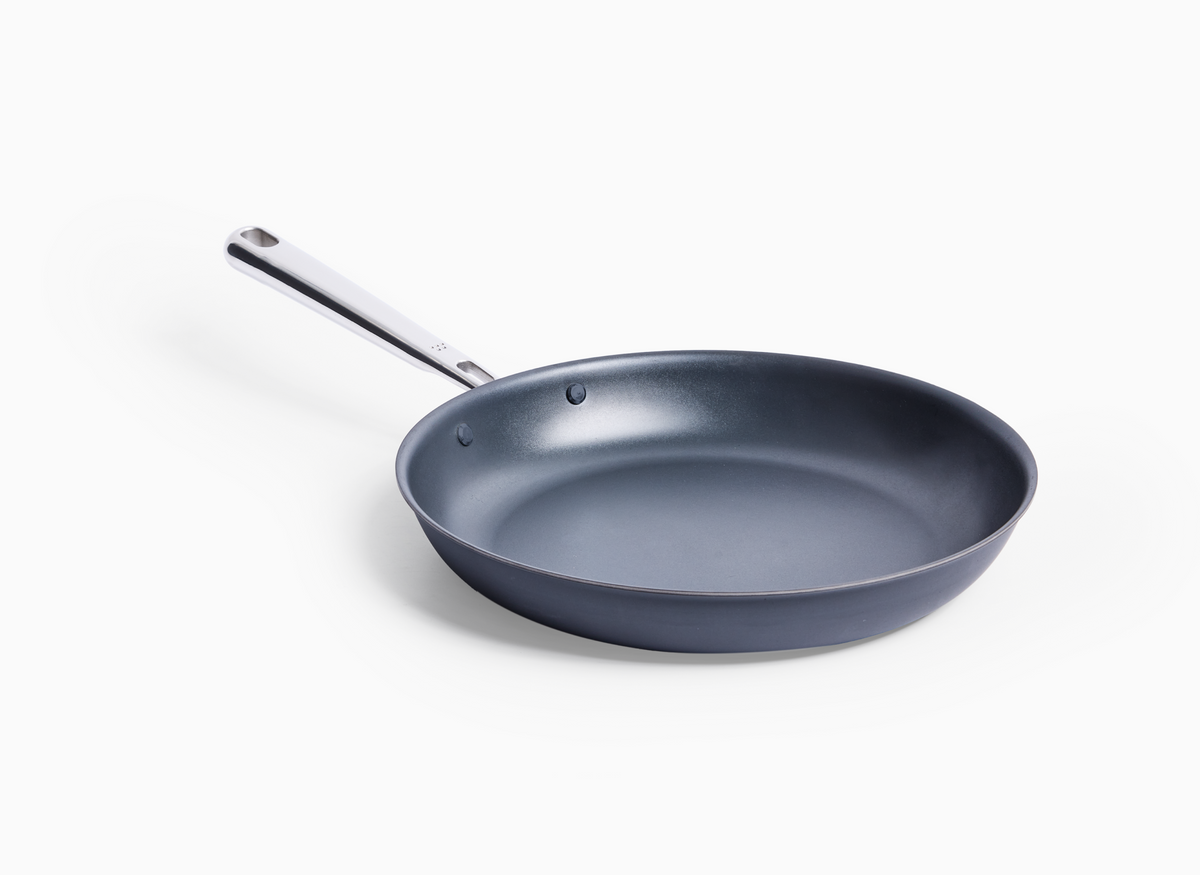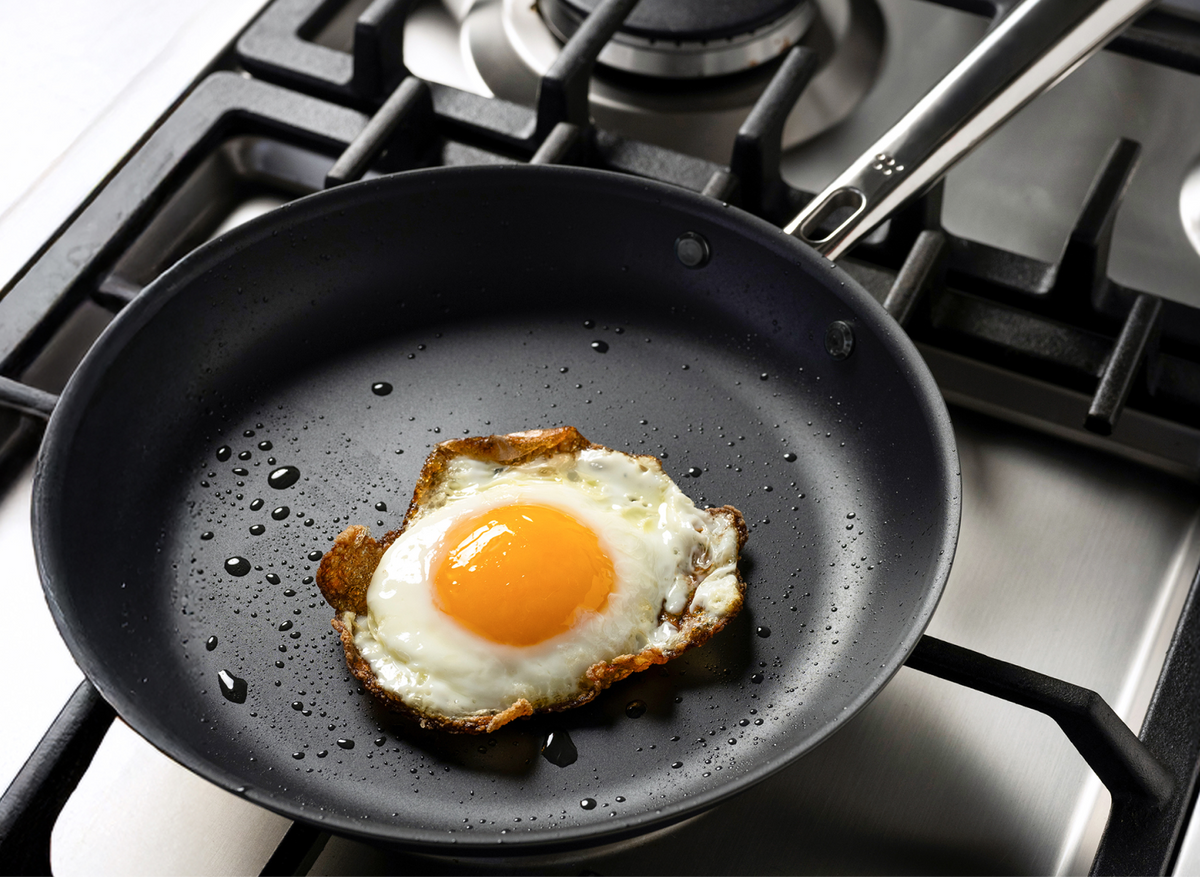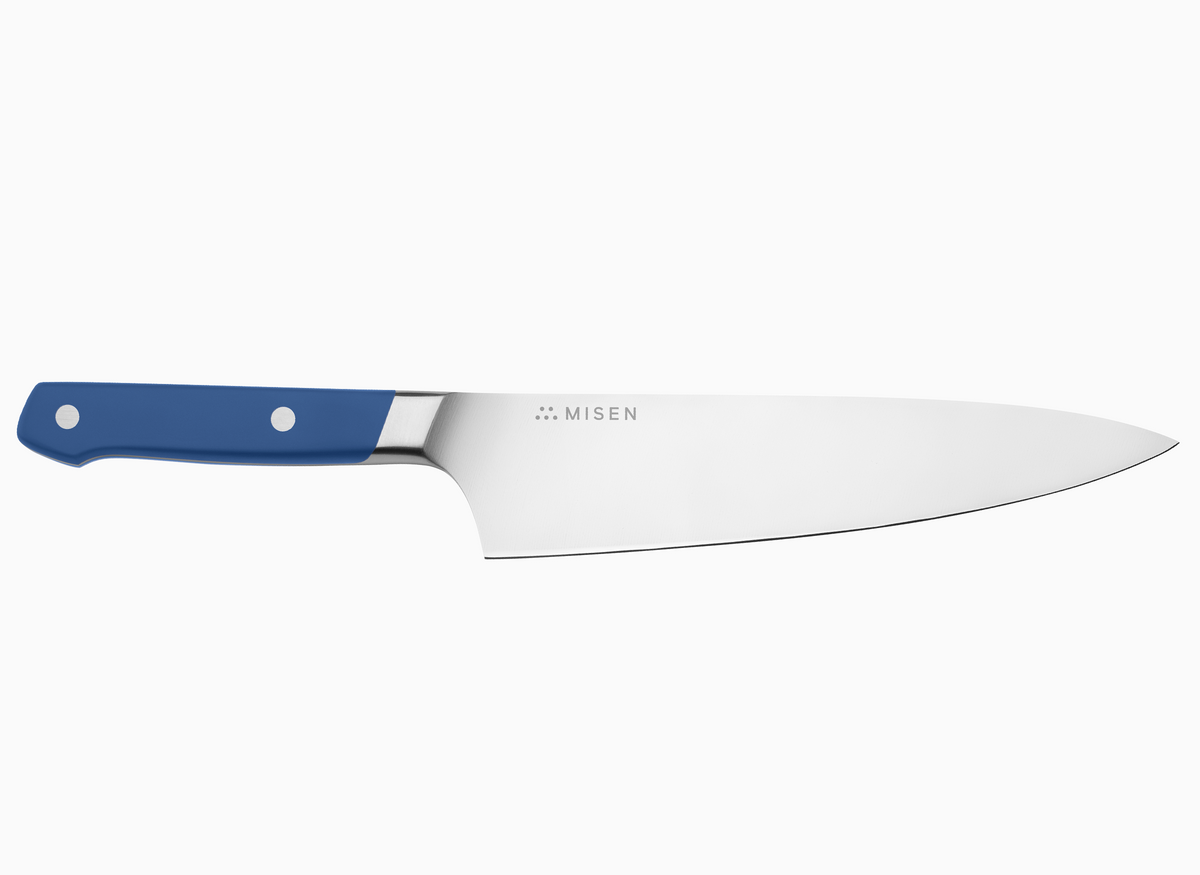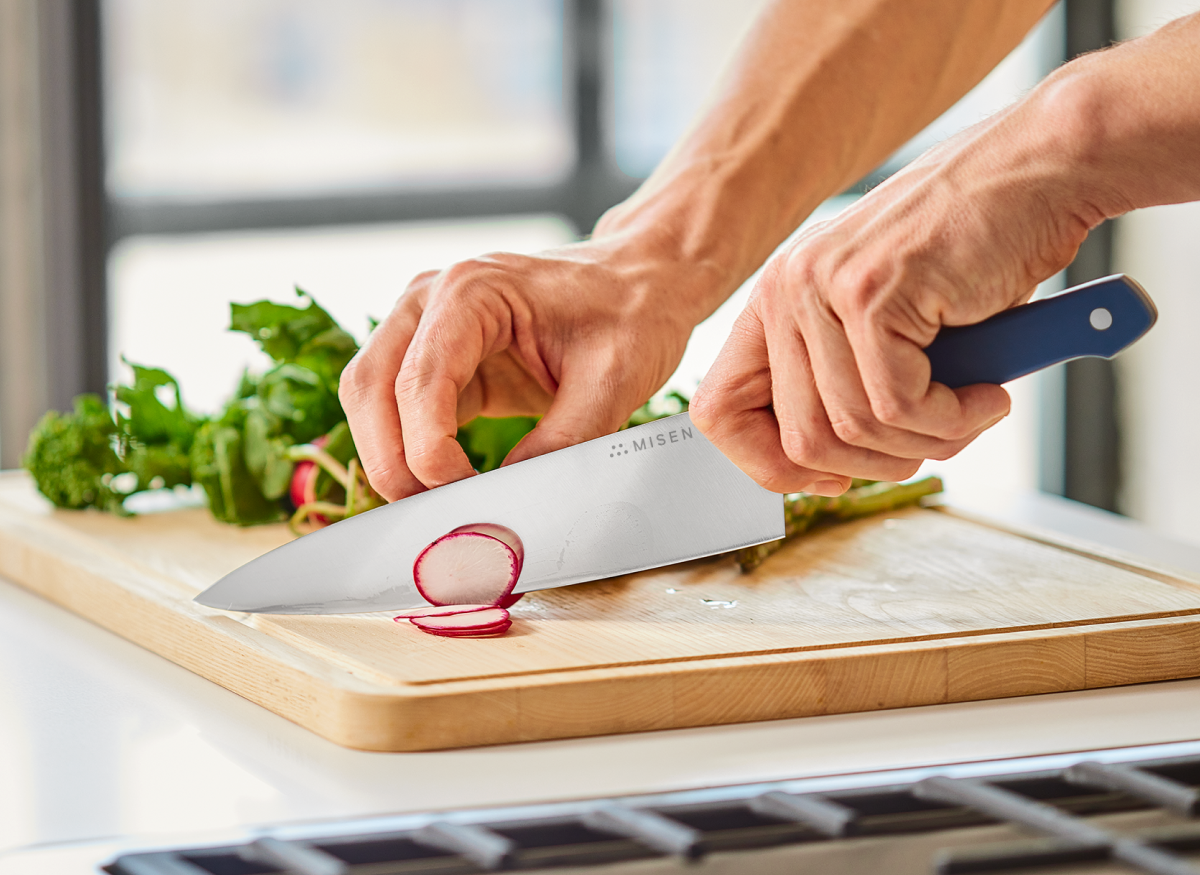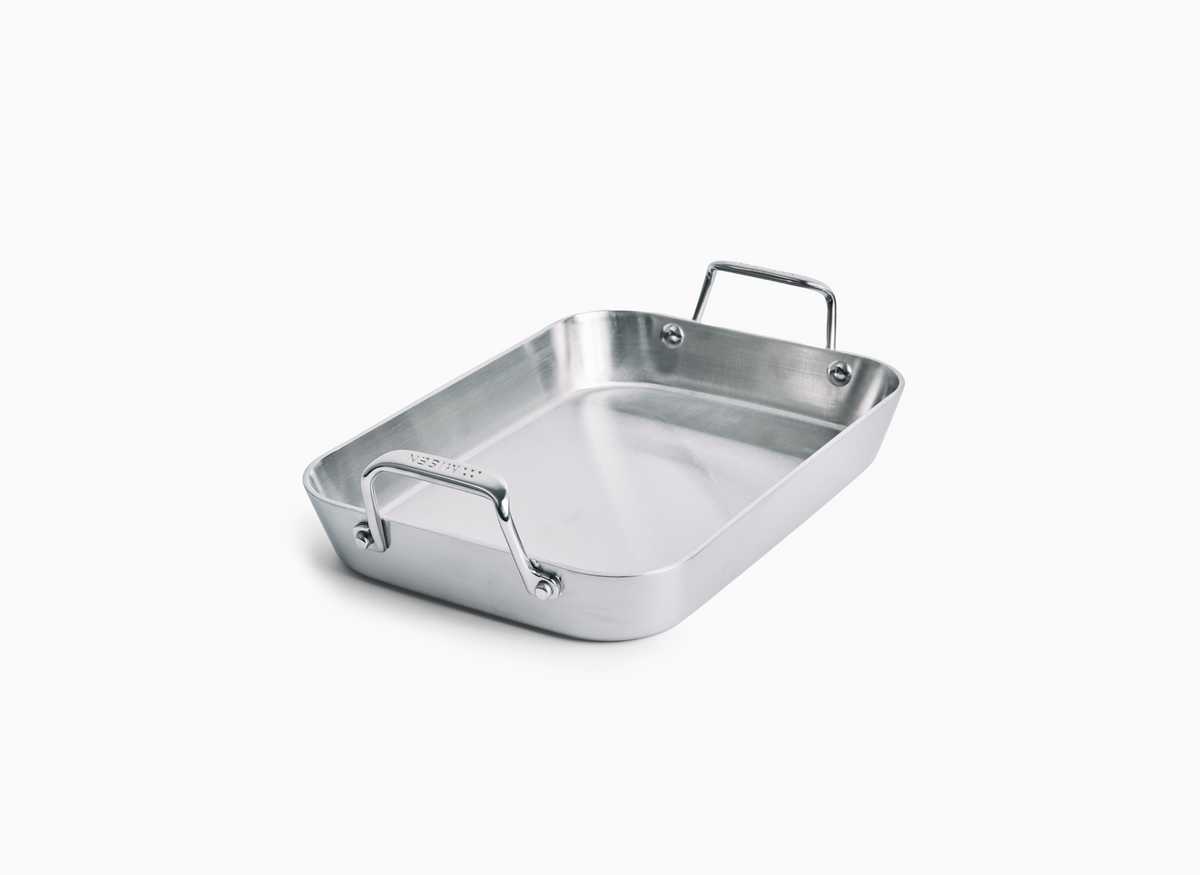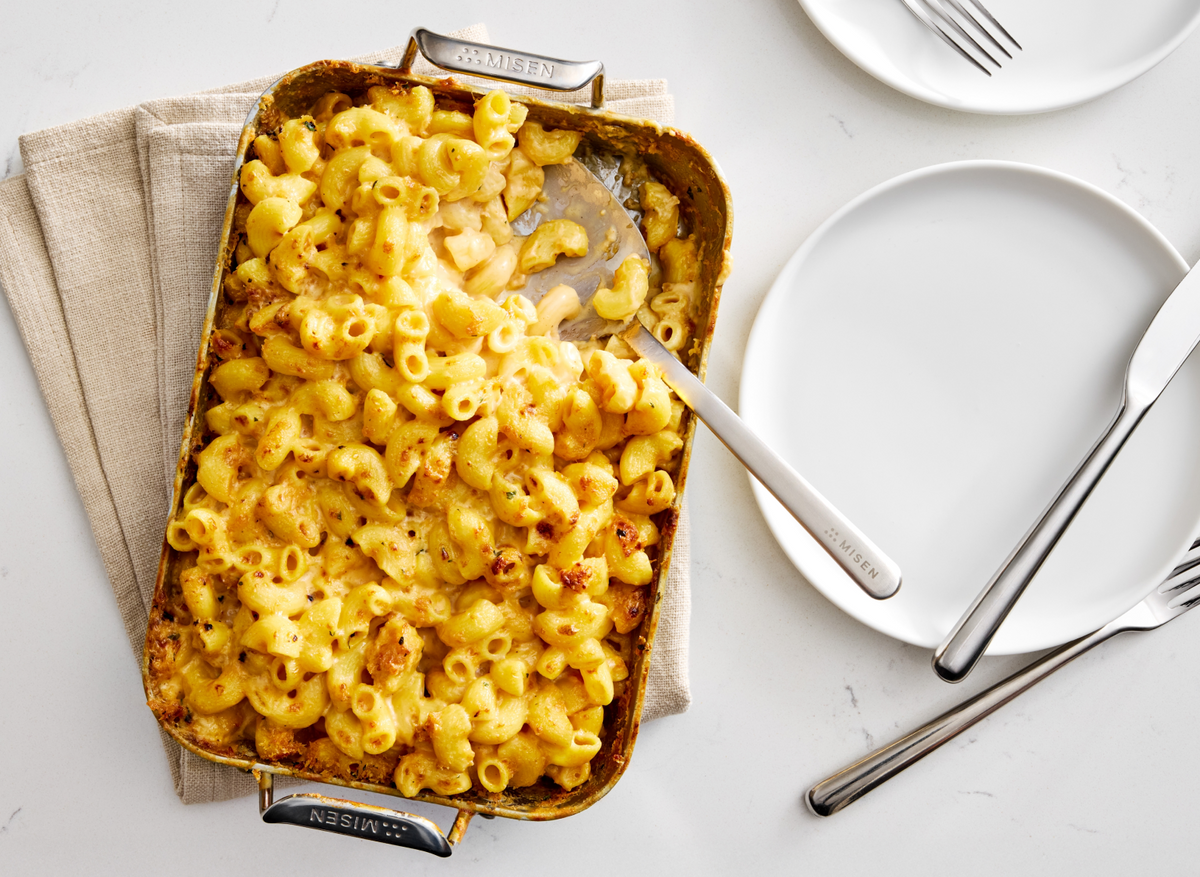How to Sauté Vegetables

Sautéing is a quick, high-heat cooking method that preserves nutrients and develops rich flavors in vegetables. This guide covers the essential techniques, equipment, and tips for mastering the art of sautéing vegetables to achieve the perfect balance of caramelized exterior and crisp-tender interior.
How to Sauté Vegetables
Understanding the Sauté Technique
Definition and origin of sautéing
Sautéing comes from the French word 'sauter,' meaning 'to jump,' referring to how food moves in a hot pan. This quick-cooking method involves cooking bite-sized ingredients in a small amount of fat over high heat while stirring or tossing. The technique emerged during the rise of classical cuisine, when chefs needed efficient methods to cook vegetables while preserving their texture and nutrients. Unlike deep frying or boiling, sautéing creates a golden-brown exterior while maintaining the vegetables' natural crispness[1].
Benefits of sautéing vegetables
Sautéing vegetables offers three key benefits. First, it preserves more nutrients than boiling or steaming since vegetables cook quickly at high heat with minimal water contact. The rapid cooking locks in vitamins and minerals that would otherwise leach out during longer cooking methods. Second, sautéing develops rich flavors through caramelization and browning reactions on the vegetables' surface while maintaining a crisp-tender interior texture. Third, this technique gives you precise control over doneness - you can easily test vegetables as they cook and remove them from heat at the perfect moment[2].
Essential equipment for sautéing
Successful sautéing requires three essential tools. A wide, heavy-bottomed skillet or sauté pan with sloped sides gives vegetables room to cook without crowding and allows easy tossing. Choose a 10-12 inch pan for most home cooking needs. A long-handled wooden or silicone spatula helps stir and flip vegetables without scratching the pan surface. Finally, tongs provide precise control when moving individual vegetable pieces. When it comes to pan material, stainless steel or anodized aluminum conducts heat evenly and develops good browning. Our stainless steel skillet is an excellent choice for sautéing, offering superior heat distribution and durability. Avoid non-stick pans for sautéing since they prevent proper caramelization at high temperatures[3].
Preparing Vegetables for Sautéing
Selecting the right vegetables for sautéing
Not all vegetables are equally suited for sautéing. The best choices are firm vegetables that can withstand high heat while developing caramelization. Tender vegetables like zucchini, bell peppers, mushrooms, and snap peas work well since they cook quickly and evenly. Dense vegetables such as carrots, broccoli, and cauliflower should be cut into smaller, uniform pieces to ensure they cook through before burning. Avoid water-heavy vegetables like tomatoes or cucumber, which release too much liquid and steam rather than sauté. Leafy greens can be sautéed but require careful timing - add them last to prevent wilting. When selecting produce, choose fresh, crisp vegetables at peak ripeness for the best texture and flavor development during cooking[4].
Proper washing and cutting techniques
Proper vegetable washing starts with a thorough rinse under cold running water to remove dirt and debris. For leafy vegetables, submerge them in a bowl of cold water and gently agitate to dislodge grit, then lift out and dry thoroughly. Cutting technique impacts how vegetables cook - aim for uniform sizes so pieces cook at the same rate. Cut dense vegetables like carrots and broccoli into 1/4 inch thick pieces. For long vegetables like asparagus or green beans, slice on a bias (diagonal) to increase surface area for browning. Mushrooms should be quartered or sliced 1/8 inch thick. After cutting, pat vegetables dry with paper towels - excess moisture prevents proper browning and creates steam instead of caramelization. Keep cut sizes consistent within each vegetable type but vary between vegetables based on density and cooking time - denser vegetables need smaller pieces while tender ones can be larger[5].
Seasoning vegetables before cooking
Seasoning vegetables before cooking requires a thoughtful approach to enhance flavor without overwhelming their natural taste. Salt vegetables 10-15 minutes before cooking to draw out excess moisture, then pat dry - this concentrates flavors and promotes better browning. Use kosher salt rather than table salt for more control over seasoning. Add ground black pepper just before cooking to prevent it from burning. While herbs and spices can be added early, delicate fresh herbs work better stirred in at the end of cooking. Keep initial seasoning light since the cooking process concentrates flavors and additional seasoning can always be added later. For vegetables with high water content like mushrooms or zucchini, salting ahead helps release moisture that would otherwise steam rather than sauté[6].
Mastering the Sauté Process
Choosing the right oil and heat level
Selecting the right oil and heat level makes the difference between crisp-tender vegetables and a mushy or burnt result. Choose oils with high smoke points like avocado oil (520°F), refined sunflower oil (450°F), or grapeseed oil (420°F) to handle the intense heat needed for proper sautéing. Avoid extra virgin olive oil, which smokes at just 325°F and burns quickly at high temperatures. Heat your pan until a drop of water instantly evaporates - this typically means the surface has reached 350-400°F. Test the oil by adding a single piece of vegetable - it should sizzle immediately without smoking. Maintain medium-high to high heat throughout cooking to promote browning rather than steaming. If vegetables release too much liquid or the pan starts smoking, adjust the temperature down slightly. The goal is to maintain steady, vigorous sizzling without burning[7].
Timing and order of adding vegetables
The order and timing of adding vegetables determines their final texture and doneness. Start with dense, long-cooking vegetables like carrots, parsnips, and winter squash - these need 8-10 minutes to become tender-crisp. After 3-4 minutes, add medium-density vegetables such as broccoli, cauliflower, and bell peppers. Finally, add quick-cooking and delicate vegetables in the last 2-3 minutes - items like snap peas, mushrooms, and leafy greens. This staged approach ensures each vegetable reaches the ideal texture without overcooking. When cooking multiple vegetable types, arrange them in a single layer with space between pieces to promote browning rather than steaming. Push slower-cooking vegetables to the outer edges of the pan where heat is slightly lower, keeping quick-cooking items in the center. Test doneness by piercing with a knife tip - vegetables should offer slight resistance while remaining crisp[8].
Techniques for even cooking and browning
Achieving even cooking and browning requires mastering three key techniques. First, maintain consistent movement - toss or stir vegetables every 30-45 seconds to expose all surfaces to heat while preventing sticking. Use a quick flipping motion with the pan or a decisive stirring pattern with your spatula rather than constant agitation. Second, manage pan temperature by listening and watching - adjust heat if sizzling becomes too quiet (heat too low) or vegetables start to smoke (heat too high). Third, use the pan's heat zones strategically. The center is hottest for browning, while edges provide gentler heat for finishing. Move browned vegetables to the cooler edges while less-cooked pieces take their turn in the center. Leave space between pieces - overcrowding creates steam instead of caramelization. When vegetables release liquid, wait for it to evaporate before continuing to promote browning rather than steaming[9].
How to Sauté Vegetables: Mastering the Art of Evenly-Cooked Vegetables
Step-by-step guide to perfect sautéed vegetables
- Heat your pan over medium-high heat until a drop of water instantly sizzles and evaporates.
- Add 2-3 tablespoons of high-smoke-point oil and swirl to coat the pan surface.
- Once oil shimmers, add dense vegetables like carrots or broccoli in a single layer with space between pieces.
- Let them cook undisturbed for 1-2 minutes until lightly browned on one side.
- Toss or stir vegetables every 30-45 seconds, moving browned pieces to the pan edges while rotating uncooked pieces to the center.
- After 3-4 minutes, add medium-density vegetables like bell peppers.
- Continue tossing while maintaining steady sizzling - adjust heat if pan gets too hot or cool.
- In the final 2-3 minutes, add quick-cooking items like snap peas and leafy greens.
- Test doneness by piercing with a knife tip - vegetables should offer slight resistance while staying crisp.
- Season with salt and pepper to taste, then serve immediately while vegetables are hot and at peak texture[10].
Common mistakes to avoid when sautéing
Several key mistakes can derail your sautéing results. Using a pan that's too small crowds vegetables, trapping steam and preventing proper browning - select a pan large enough for vegetables to sit in a single layer with space between pieces. Adding vegetables before the pan is properly heated leads to soggy, oil-soaked results instead of crisp caramelization. Stirring too frequently prevents proper browning, while stirring too little risks burning - aim to toss or stir every 30-45 seconds. Failing to dry vegetables thoroughly after washing introduces excess moisture that steams rather than sautés. Seasoning too early can draw out moisture and make vegetables release too much liquid during cooking. Adding all vegetables at once, regardless of density and cooking time, results in some pieces being overcooked while others remain raw. Finally, using oil with too low a smoke point leads to burnt oil flavors and poor browning - stick to high-heat oils like avocado or refined sunflower oil for best results[11].
Tips for achieving crisp-tender texture
Achieving the ideal crisp-tender texture requires mastering three key techniques. First, cut vegetables into uniform sizes based on their density - denser vegetables need smaller pieces while tender ones can be larger to ensure even cooking. Second, maintain proper heat management throughout cooking. Start with a properly preheated pan (350-400°F) and adjust heat to maintain steady sizzling without smoking. Third, use strategic pan placement - arrange slower-cooking vegetables around the pan edges where heat is lower, while keeping quick-cooking items in the center. Test doneness by piercing with a knife tip - vegetables should offer slight resistance while remaining crisp. For vegetables with high water content, salt them 10-15 minutes before cooking and pat dry to remove excess moisture that would create steam instead of browning. This combination of proper cutting, heat control, and moisture management delivers vegetables with golden-brown exteriors and tender but still crisp interiors[12].
Enhancing Sautéed Vegetables
Adding aromatics and herbs for flavor
Aromatics and herbs transform basic sautéed vegetables into complex, layered dishes. Start by sautéing aromatic vegetables like minced garlic, shallots, or ginger in oil for 30-60 seconds before adding main vegetables - this creates a flavor foundation without burning delicate ingredients. Fresh woody herbs like thyme, rosemary, and sage can be added early in cooking since they withstand heat well, while tender herbs such as basil, parsley, and cilantro should be stirred in just before serving to preserve their bright flavors and color. For depth, incorporate umami-rich ingredients like caramelized onions or mushrooms. Dried spices need brief toasting in oil to release their essential oils - add them after aromatics but before main vegetables. The key is balancing amounts - aromatics should enhance rather than overwhelm the vegetables' natural flavors. A basic ratio is 1-2 cloves of garlic or 1 small shallot per pound of vegetables. For fresh herbs, use 1-2 teaspoons of woody herbs or 2-3 tablespoons of tender herbs per pound of vegetables[13].
Creating simple pan sauces
Pan sauces transform the browned bits (fond) left after sautéing into a flavorful sauce. Start by removing cooked vegetables from the pan while keeping it hot. Add 1/4 cup of liquid - wine, stock, or even water - and scrape the pan bottom with a wooden spoon to dissolve the fond. For richer sauces, add aromatics like minced shallots or garlic first and cook for 30 seconds before deglazing. Let the liquid reduce by half, then finish with 1-2 tablespoons of cold butter or cream swirled in off heat to create a silky texture. For Asian-inspired dishes, combine equal parts soy sauce and rice vinegar with a touch of sesame oil. Mediterranean versions work well with white wine, lemon juice, and fresh herbs. The key is matching sauce flavors to your vegetable selection - lighter sauces for delicate vegetables, bolder ones for hearty root vegetables. Keep sauces light enough to enhance rather than mask vegetable flavors[14].
Pairing sautéed vegetables with main dishes
Sautéed vegetables complement a wide range of main dishes through thoughtful pairing. Match delicate vegetables like asparagus and snap peas with light proteins such as fish and chicken breast, allowing their subtle flavors to shine through. Hearty root vegetables and mushrooms pair well with robust meats like steak or pork chops, their caramelized flavors enhancing the meat's richness. For vegetarian mains, serve crisp-tender broccoli and bell peppers alongside grain bowls or pasta dishes where their varied textures create interest. Consider cooking vegetables that share flavor profiles with your main - like Asian-style snow peas and carrots for stir-fried dishes, or Mediterranean zucchini and eggplant for Italian entrees. The key is balancing flavors and textures - pair soft, creamy mains with vegetables that retain some crunch, or match bold-flavored proteins with simply seasoned vegetables that provide contrast. Serve vegetables immediately after sautéing to maintain their optimal texture and temperature alongside the main dish[15].
- Sautéing preserves nutrients and develops rich flavors in vegetables through quick, high-heat cooking.
- Proper preparation, including uniform cutting and thorough drying, is crucial for achieving the ideal sautéed texture.
- Timing and order of adding vegetables are essential for ensuring even cooking and optimal texture for each type.
- Maintaining consistent movement and managing pan temperature are key techniques for even browning and cooking.
- Enhancing sautéed vegetables with aromatics, herbs, and simple pan sauces can elevate the dish to new levels of flavor complexity.
- Larousse Gastronomique: The World's Greatest Culinary Encyclopedia, Revised and Updated. Clarkson Potter, 2009.
- McGee, Harold. On Food and Cooking: The Science and Lore of the Kitchen. Scribner, 2004.
- Ruhlman, Michael. Ruhlman's Twenty: 20 Techniques, 100 Recipes, A Cook's Manifesto. Chronicle Books, 2011.
- Bittman, Mark. How to Cook Everything: Simple Recipes for Great Food. Houghton Mifflin Harcourt, 2008.
- Peterson, James. Vegetables, Revised: The Most Authoritative Guide to Buying, Preparing, and Cooking, with More than 300 Recipes. Ten Speed Press, 2012.
- Nosrat, Samin. Salt, Fat, Acid, Heat: Mastering the Elements of Good Cooking. Simon and Schuster, 2017.
- Corriher, Shirley O. CookWise: The Hows & Whys of Successful Cooking, The Secrets of Cooking Revealed. William Morrow Cookbooks, 1997.
- Pépin, Jacques. Jacques Pépin New Complete Techniques. Black Dog & Leventhal, 2012.
- Child, Julia, Louisette Bertholle, and Simone Beck. Mastering the Art of French Cooking, Volume 1. Knopf, 2001.
- Keller, Thomas. The French Laundry Cookbook. Artisan, 1999.
- Kamozawa, Aki, and H. Alexander Talbot. Ideas in Food: Great Recipes and Why They Work. Clarkson Potter, 2010.
- López-Alt, J. Kenji. The Food Lab: Better Home Cooking Through Science. W. W. Norton & Company, 2015.
- Madison, Deborah. Vegetable Literacy: Cooking and Gardening with Twelve Families from the Edible Plant Kingdom. Ten Speed Press, 2013.
- Katz, Sandor Ellix. The Art of Fermentation: An In-Depth Exploration of Essential Concepts and Processes from Around the World. Chelsea Green Publishing, 2012.
- Ottolenghi, Yotam. Plenty: Vibrant Vegetable Recipes from London's Ottolenghi. Chronicle Books, 2011.
